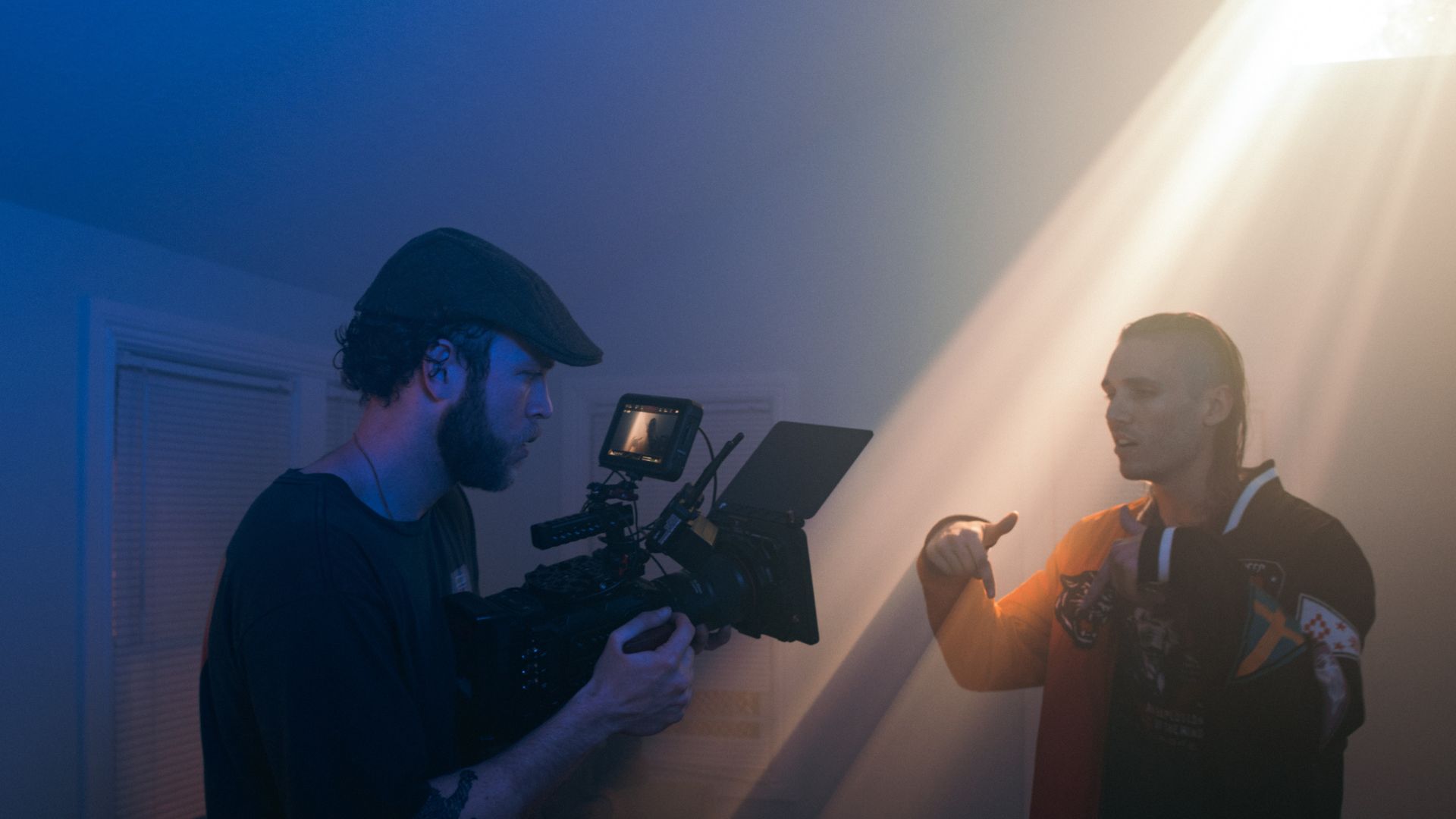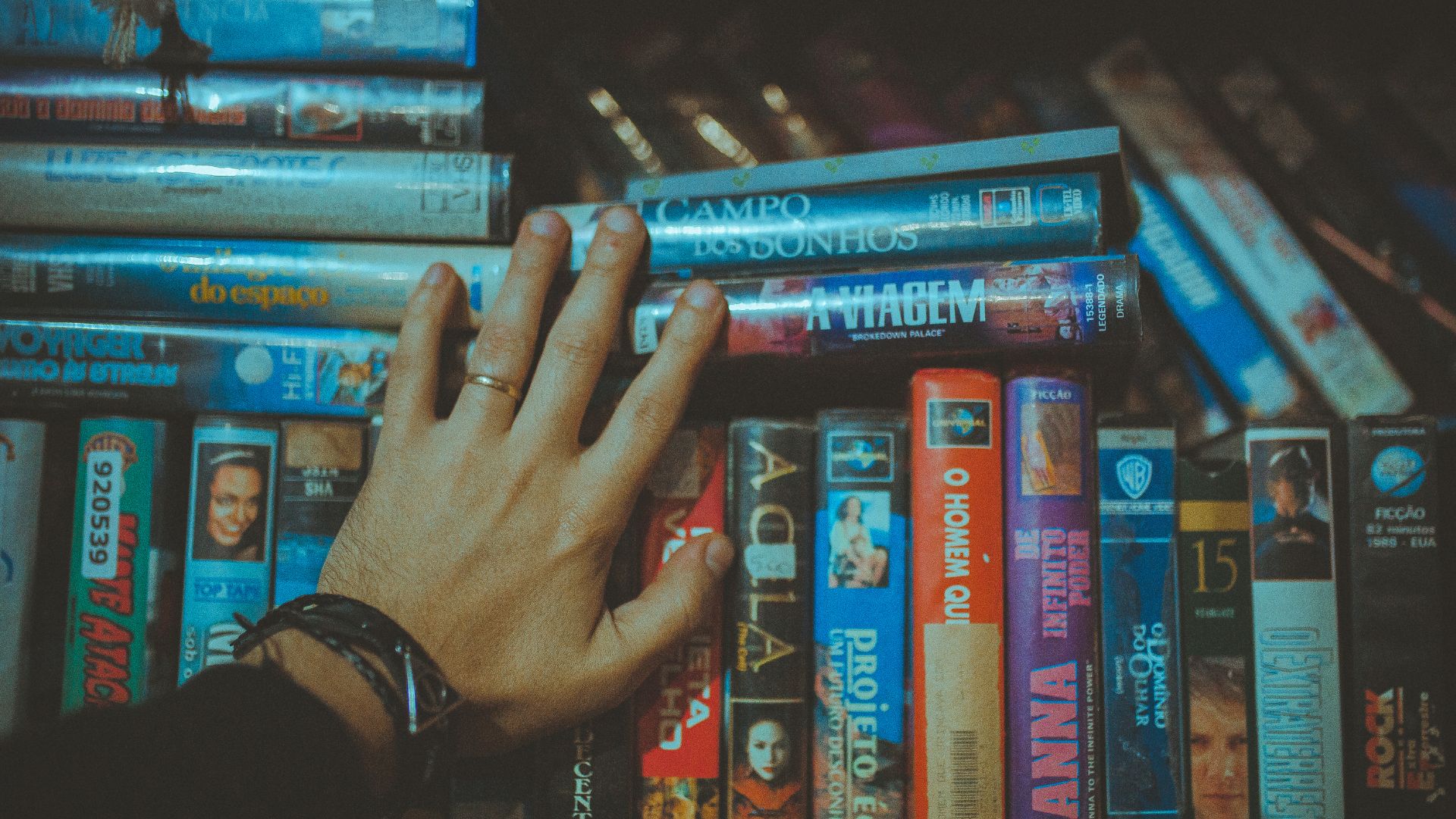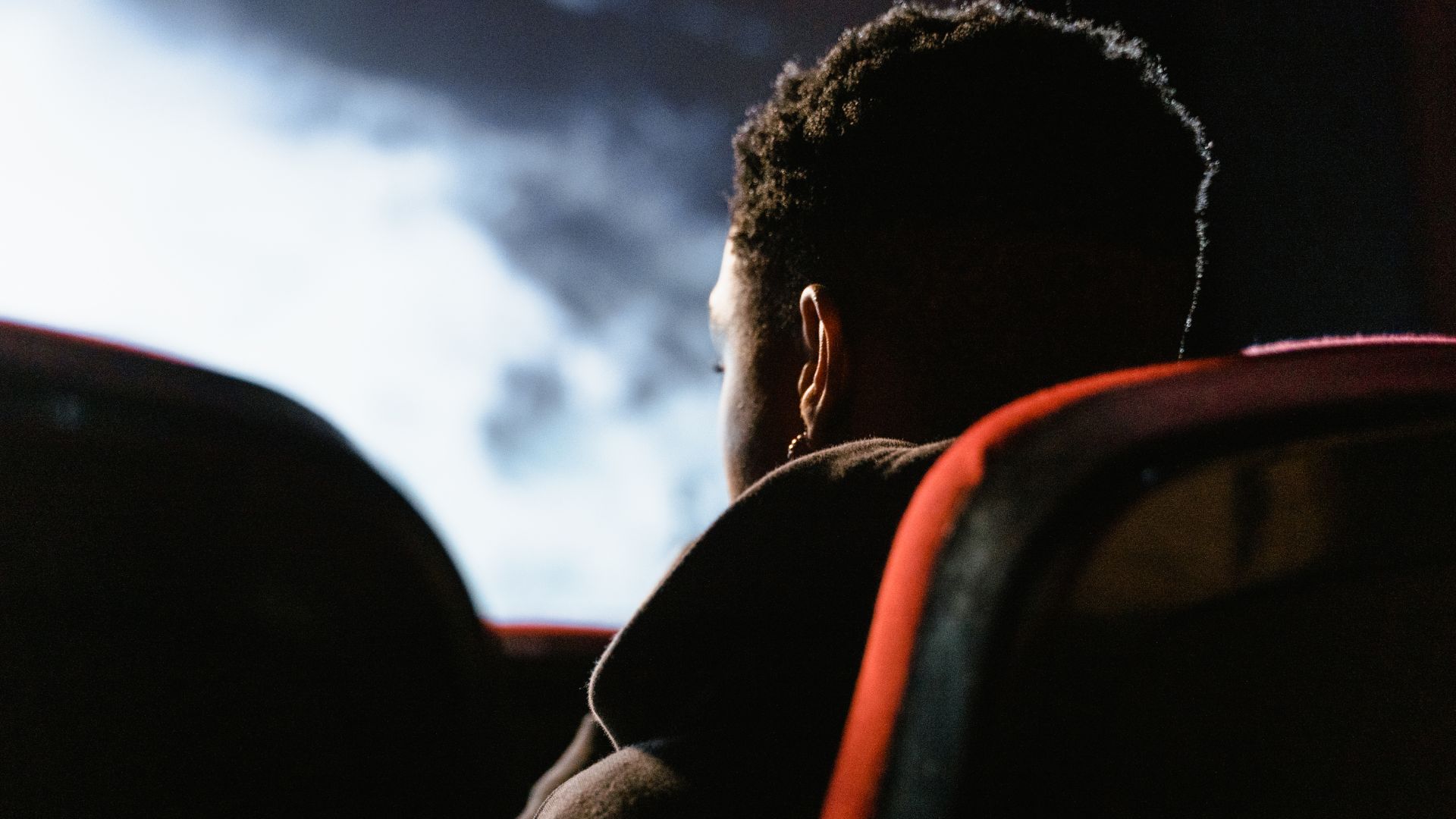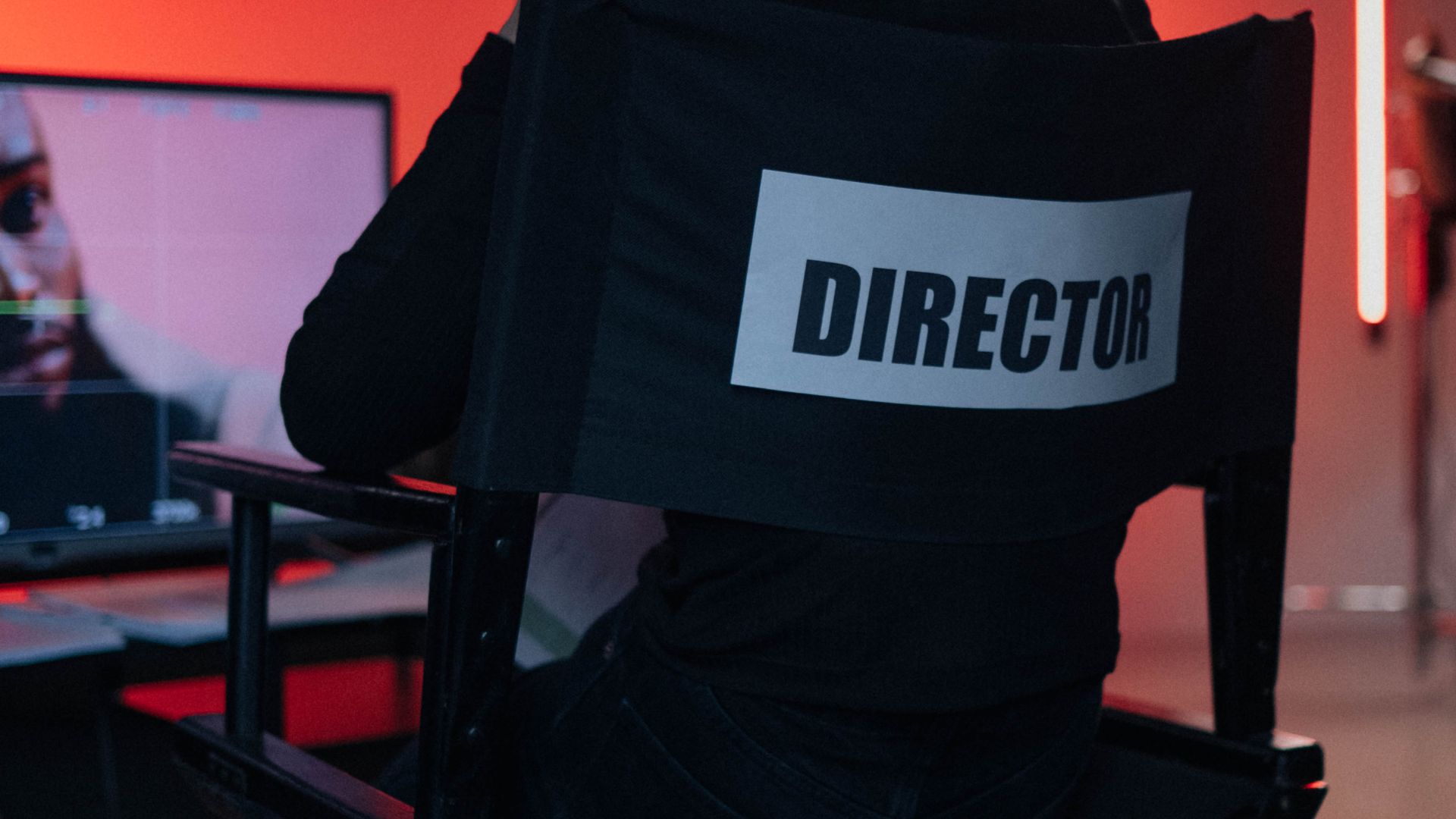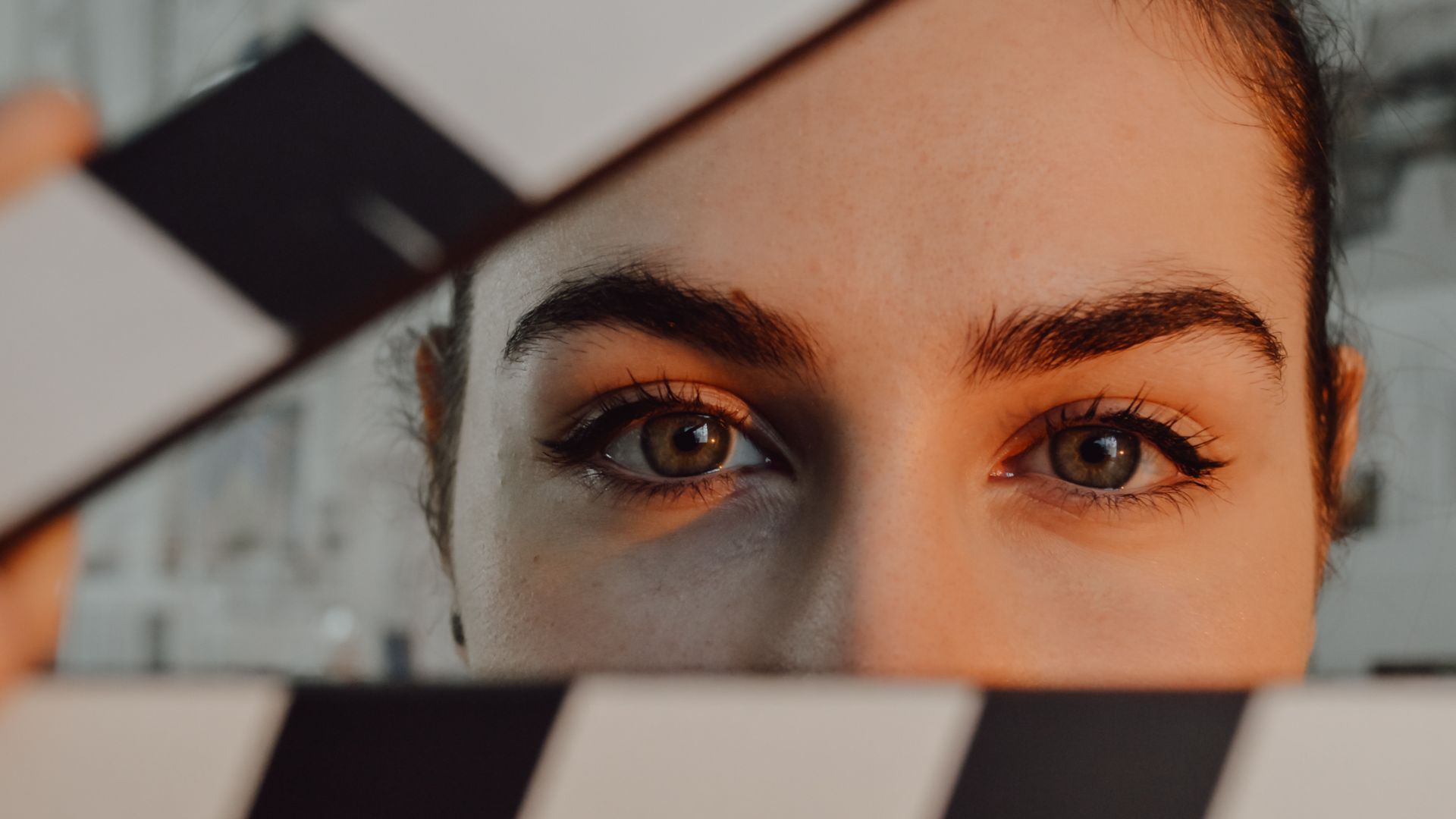Villains have long been an essential part of storytelling, especially in films. These dark, complex characters not only oppose the hero but also help drive the plot forward, creating conflict, tension, and drama. They embody the forces of evil that heroes must confront, and as such, they’re often as pivotal to a film’s success as the protagonist. But villains aren’t just there to be evil for the sake of it—they often represent deeper cultural fears, personal struggles, or societal challenges.
From the early days of cinema to the morally complex figures we see today, movie villains have evolved significantly, shaping the way we think about good, evil, and everything in between.
Let’s look at today’s article:
- Classic villains: Defining evil (1930s-1960s)
- The rise of complex villains (1970s-1990s)
- Modern villains and anti-heroes (2000s-present)
- The lasting impact of villains
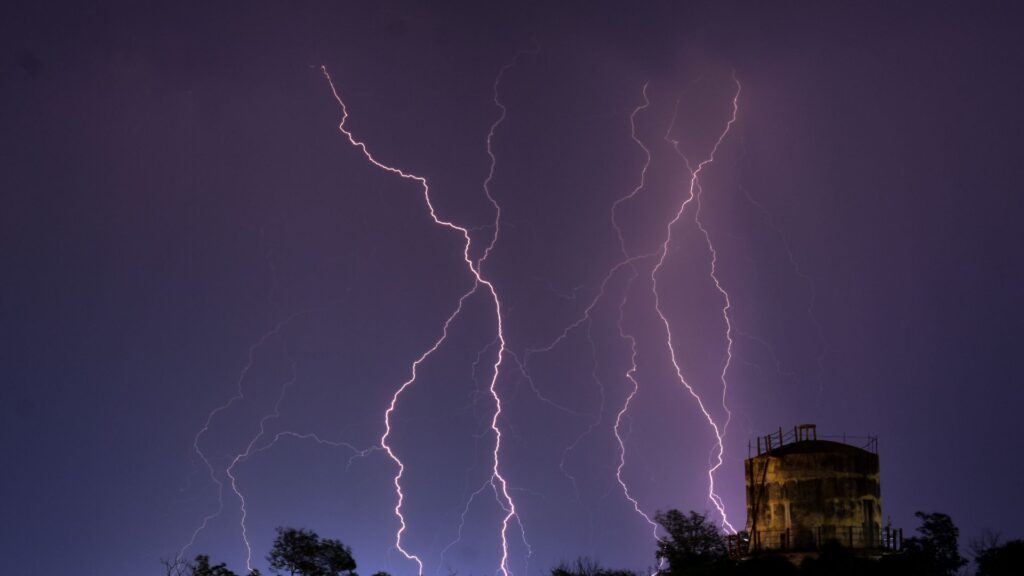
Classic villains: Defining evil (1930s-1960s)
In the early days of cinema, villains were often straightforward embodiments of evil, serving as the perfect foils to their virtuous counterparts. These characters didn’t have complex backstories or motivations—they were simply bad for the sake of being bad. One of the most iconic early villains is Dracula (1931), brought to life by Bela Lugosi. Based on Bram Stoker’s Gothic novel, this vampire is the epitome of malevolent power, using charm and supernatural abilities to manipulate and destroy. Dracula is not just a monster; he represents the fear of the unknown, the otherworldly, and the loss of control over one’s own life. His character taps into the anxieties of a rapidly changing world, where society was beginning to question traditional norms and face the fear of the unexplainable.
Another classic villain that stands out is The Wicked Witch of the West in The Wizard of Oz (1939). Portrayed as an ugly, wicked figure bent on capturing Dorothy, the witch is a symbol of pure evil, but also of oppression and the struggle for power. She is an embodiment of the things people feared in a time of economic turmoil and war. With her powerful magic, she represents the evil that must be overcome for the heroes to succeed. These villains were largely shaped by the cultural climate of the 1930s and 1940s, where themes of control, fear, and the triumph of good over evil were at the forefront.
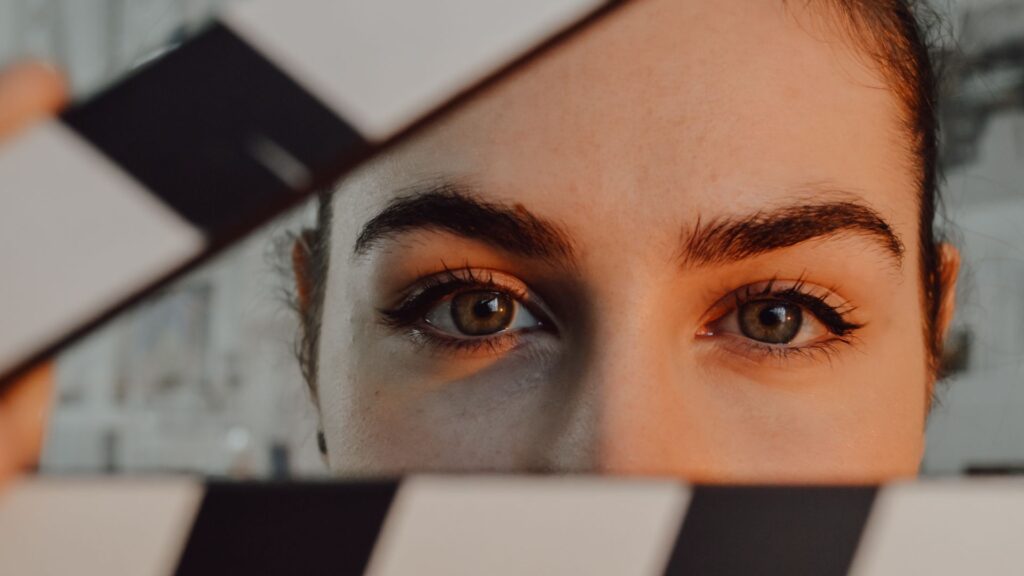
The rise of complex villains (1970s-1990s)
As cinema matured, so too did the villains. By the 1970s and 1980s, filmmakers started to move away from one-dimensional characters and began creating villains with psychological depth. These antagonists were no longer simply evil for evil’s sake—they had complex motivations, often shaped by their personal histories or moral dilemmas. One such character is Michael Corleone in The Godfather (1972). Played by Al Pacino, Corleone starts as a war hero, reluctant to get involved in the family’s criminal business. However, as the story unfolds, he becomes a ruthless and calculating mafia boss. Michael’s transformation from reluctant son to cold-blooded leader is one of the most fascinating character arcs in cinematic history, and it challenges the audience’s perception of good versus evil.
Another standout villain from this era is Hannibal Lecter in The Silence of the Lambs (1991). Played by Anthony Hopkins, Lecter is a brilliant but deeply disturbing psychiatrist and cannibalistic serial killer. What makes Lecter so memorable is not just his gruesome crimes, but the chilling calm with which he carries them out. He’s charismatic, intelligent, and, at times, even charming, which makes him all the more terrifying. Hannibal Lecter challenges the idea that villains must be monstrous or ugly. Instead, he represents the fear of the hidden evil—those who walk among us disguised as normal, even respected, members of society.
He reshapes the way we think about villainy, making us question whether evil can exist in the most sophisticated and seemingly respectable forms.
These villains helped usher in a new era of antagonists—one where the villain’s complexity is integral to the plot. They represent psychological depth and moral ambiguity, opening the door for future generations of films to explore the grey areas of right and wrong.
Modern villains and anti-heroes (2000s-present)
Fast forward to the 21st century, and we see a distinct shift in how villains are portrayed in films. The lines between hero and villain have become increasingly blurred, with more and more films featuring anti-heroes and morally ambiguous characters. Perhaps the most famous example of this is The Joker in The Dark Knight (2008). Played by Heath Ledger, the Joker is chaotic and anarchistic, driven by a desire to expose the hypocrisy of society. What makes him so compelling is not just his madness, but his philosophy. Unlike earlier villains, who were driven by simple desires for power or control, the Joker wants to create chaos for the sake of chaos, challenging the very idea of order and morality. His character taps into the modern fear of instability and the idea that, deep down, society is not as secure as we think.
Another great example of this shift is Walter White from Breaking Bad (2008-2013). Initially introduced as a mild-mannered high school chemistry teacher, Walter transforms into a ruthless drug kingpin over the course of the series. Walter’s journey is a fascinating exploration of how good people can make morally questionable choices. His descent into villainy is complex and relatable, and it forces the audience to grapple with the notion of moral relativism. By the end of the series, Walter is undeniably a villain, but his motives—protecting his family and securing his legacy—complicate the traditional hero-villain dynamic.
These modern villains reflect our contemporary world, where morality is often seen as a spectrum rather than a black-and-white issue. Today’s villains are often not evil for the sake of evil; instead, they are products of their circumstances, driven by personal beliefs, desires, or traumas. This shift has created more nuanced, relatable, and thought-provoking antagonists that resonate deeply with audiences.
The lasting impact of villains
Villains have always been essential to storytelling, but their evolution reflects changing cultural values and shifting perceptions of good and evil. From the straightforward malevolent figures of early cinema to the morally complex and psychologically rich characters we see today, villains have evolved to reflect the complexities of human nature. These antagonists challenge us to question what it means to be good or evil, often blurring the lines between the two.
In many ways, villains are the mirror of society, reflecting our deepest fears, our desires, and our flaws. They remain integral to the storytelling process, not just as obstacles for the hero to overcome, but as characters that make us think, feel, and confront the darker aspects of the human experience. Whether they’re bloodthirsty monsters, corrupt leaders, or flawed individuals, movie villains will continue to be an essential part of cinema for years to come.


